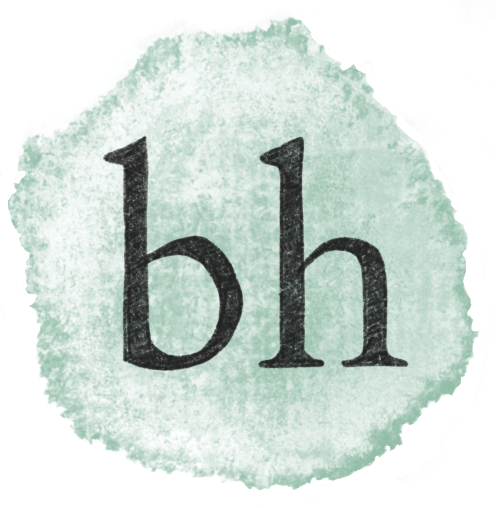Building the systems our team needed to deliver user-centered work at scale
- My Role: DesignOps and UX Lead
- Project Duration: 2 years (+9 month contract extension)
- The Team: A newly formed cross-functional UX team (design, research, content strategy)
Background
In 2022, Aleut Information Technology was awarded the USDA Farm Production and Conservation (FPAC) Web Modernization Program, a multi-year initiative to redesign and modernize several public-facing agency websites. The work included improving information architecture, meeting federal accessibility standards, applying user-centered design practices, and aligning the experiences of FSA, RMA, NRCS, and the FPAC Business Center.
To deliver this program, Aleut assembled a fully remote team spanning UX, research, content strategy, and development. It was the first time this group had worked together, and the program represented Aleut’s first large-scale, user-centered design engagement for a federal client.
Challenge
The FPAC Web Modernization Program required a strong human-centered approach grounded in user research, iterative design, and close collaboration across agencies. But since this was Aleut’s first human-centered design program, there were no existing processes, standards, or workflows in place to support that way of working. We needed to create them.
With limited time available, I facilitated the creation of our DesignOps framework, in parallel with our initial discovery research. The operational foundation had to:
- Be lightweight enough for the team to use immediately
- Remain scalable across multiple agency sites
- Stay repeatable as each redesign moved through the program
- Support a consistent UCD approach across teams and agencies
Solution
We created a lightweight DesignOps framework that the team could use immediately and that would scale across all FPAC agencies. I led the effort by drafting the initial structure, sharing it with the team, and iterating quickly based on what we needed most during discovery. This ensured the framework reflected both program requirements and real team input.
The framework established a shared workflow that clarified how research, content strategy, and design moved through the program. I introduced a simple intake path so requests were handled consistently and had clear ownership as work increased across agencies. I also defined the core research practices we relied on, including planning templates, interview guides, consent language, and a repeatable structure for synthesizing findings.
To support consistency across a newly formed team, I created documentation standards for IA, content modeling, wireframes, and cross-functional collaboration. I also introduced a predictable design review process that aligned expectations and reduced late changes. Because the team was fully remote, I set up lightweight communication rhythms and a basic capacity view so everyone understood priorities, ownership, and upcoming work.
Outcomes
The new DesignOps framework gave the team a clear, shared way of working, which strengthened collaboration across research, design, content, and development. With consistent workflows and expectations in place, the team could focus more on the quality of the work instead of navigating process gaps or inventing their own approaches. It also improved communication and alignment for a fully remote team that had not worked together before.
The framework proved scalable as we moved from one agency site to the next. Instead of rebuilding our approach for each redesign, we applied the same core structure across FSA, RMA, NRCS, and FPAC BC, adapting it only where needed. This consistency reduced confusion, supported predictable planning, and helped the broader program maintain momentum as new phases began.
